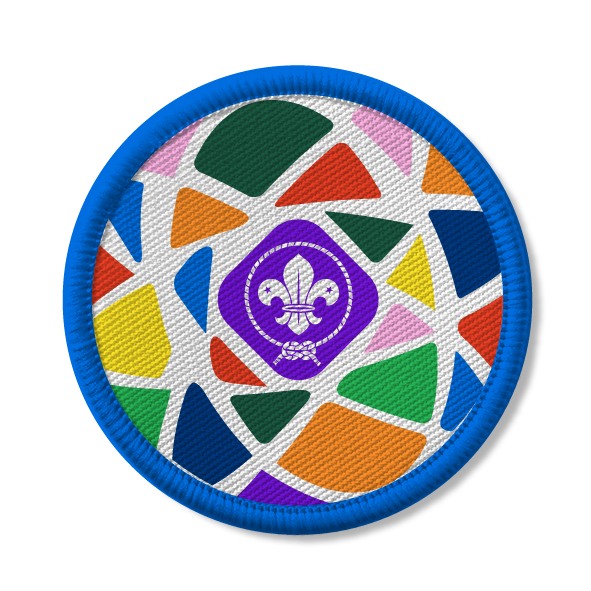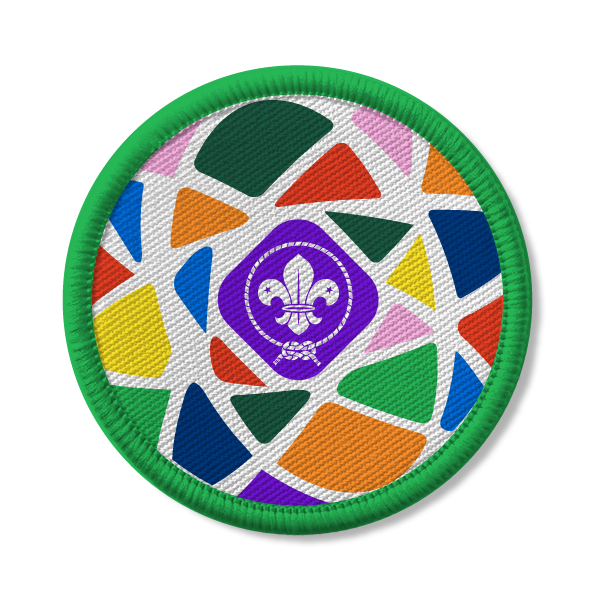
It’s a worm’s world
You’ll need
- Vegetable peelings (or other green food waste)
- A clear plastic tub
- Damp soil or compost
- Sand
- Earthworms
- If you plan to go worm hunting, you will also want a watering can, sheet, garden fork, trowels and torches
Build your wormery
- Everyone should work together to build a wormery (a home for earthworms). Work together to fill a clear plastic tub with alternating layers of soil and sand. The soil layers should be about 3cm deep and the sand layers about half a centimetre deep. Keep layering the soil and sand until the tub is almost full.
- Finish with a layer of dead leaves and vegetable peelings, all broken into small pieces.
Find your worms
- Everyone should go outside and search for earthworms for the wormery. Try to find about ten. The best ways to find worms are:
-
- Hunting. Worms live in darkness, so try looking under stones or dead wood.
- Soaking. Use a watering can to soak an area of ground and then cover it with a sheet for 30 minutes. This will encourage worms to come to the surface.
- Twanging. Put a garden fork into an area of grass and rock it backwards and forwards for 15 minutes. The worms will sense the vibrations and come to the surface to escape the predator they think is nearby.
- Digging. Dig over a small patch of soil to unearth some worms. The deeper you dig, the more varieties of earthworm you will find.
- Spying. Worms come out at night to eat organic matter from the ground, so take a torch and a trowel, move some earth around and lie in wait. It’s a good idea to have a red bulb in your torch, as worms can’t sense red light.
- Everyone should carefully bring the worms back indoors and try to identify them. Study their appearance to see if they are one of these three varieties:
-
- Brandling worm. This is the easiest kind to find. They have a distinctive stripy appearance, and are sometimes known as the ‘tiger’ worm because of it. They are happiest when feasting on a heap of rotting vegetable peel and can be found in the compost bin.
- Nightcrawler. These are lighter in colour than brandling worms. They are shy creatures and like to hide deep underground. You can find them on lawns on warm, wet nights when they come up for food.
- Black-headed worms. Have you ever noticed fine squiggles of what looks like soil in your garden? These are in fact worm casts (poo) left by black-headed worms. They are easily identified because one of their ends is darker than the other.
Settle the worms in
- Everyone should place their worms on the leaves at the top of the wormery.
- Cover the top and sides of the wormery with thick black card so that no light can get in.
- Check the wormery every few days. Keep the top layer of soil damp, and add more dead leaves and vegetable peelings periodically.
- The worms should stay in the wormery for about a month.
Return the worms
- Everyone should help to remove the black card from the sides of the wormery and have a good look at it. What has changed? Have the worms created tunnels? Have they mixed up the layers? What does the soil look like now? How does it feel?
- Carefully release the worms back where you found them, and dispose of the soil and sand outdoors.
Reflection
This activity was about developing practical skills, and learning more about the natural world. Did you learn anything new from making the wormery and studying it for a month? Did you know there were different types of worms? What will you be thinking about next time you see a worm after it rains?
This activity was also about learning to value the outdoors. Charles Darwin studied worms for 39 years, and concluded that life on earth would not be possible without them. From what you've learnt while making and looking after your wormery, why do you think this is? (Worms increase the fertility of soil by digesting dead plant materials, meaning that more plants and food are able to grow.) What would happen if we lived in a world without worms? (The soil would lose nutrients and minerals, and our supply of food crops would dramatically reduce.)
Safety
All activities must be safely managed. You must complete a thorough risk assessment and take appropriate steps to reduce risk. Use the safety checklist to help you plan and risk assess your activity. Always get approval for the activity, and have suitable supervision and an InTouch process.
- Science
Supervise young people, and only do science activities that are advised and age appropriate for your section. Test activities first, to make sure you’re confident you can lead them safely. Use protective clothing where necessary.
- Sharp objects
Teach young people how to use sharp objects safely. Supervise them appropriately throughout. Store all sharp objects securely, out of the reach of young people.
There is no danger with this project, apart from when handling the soil. Everyone should be vaccinated against tetanus already. Make sure everyone washes their hands carefully. Worms do not bite or produce any skin irritant.
Work in teams to create small wormeries. Keep the wormery going for two months to see even clearer changes.
Small wormeries will be more portable and easier to store.
All Scout activities should be inclusive and accessible.
Create individual miniature wormeries that everyone can take home. Ask everyone to look after their worms for at least two months. This will meet requirement 1 of the Animal Carer Activity Badge.


